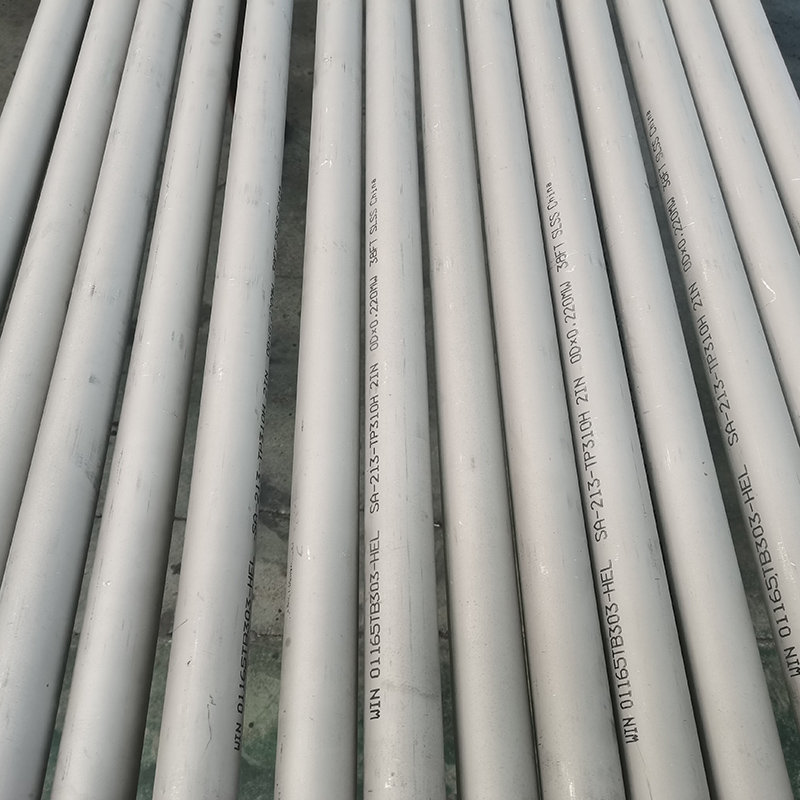close
Choose Your Site
Global
Social Media
Pipes play a fundamental role in industries ranging from construction to petrochemicals. Whether transporting fluids under high pressure or forming critical structural components, the right type of pipe can influence performance, longevity, and safety. Two dominant types of pipes—seamless tubes and welded pipes—often compete for preference. But the question remains: Which is better? Let’s dive into this essential comparison and uncover the superior choice based on application, cost, strength, and reliability.
A seamless tube is manufactured without any welding seam. It is created by extruding a solid billet into a hollow form, which means there are no joints or welds in its structure. This results in a product that is inherently stronger and more uniform in terms of mechanical properties.
Seamless tubes are known for their ability to withstand high pressure and temperature fluctuations. This is why industries such as oil and gas, power generation, and aerospace often favor seamless solutions. Because there's no weld seam, the possibility of weak points or corrosion along joints is virtually eliminated, enhancing overall durability.
However, the manufacturing process is more complex and cost-intensive. The precision equipment required, alongside rigorous quality control, leads to higher costs compared to welded pipes. That said, for applications where strength and resistance to cracking or bursting are critical, seamless tubes often prove to be worth the investment.
Welded pipes are produced by rolling steel sheets or strips into a cylindrical form and then welding the seam longitudinally. These pipes are generally less expensive than seamless tubes due to simpler manufacturing processes and more efficient raw material usage.
Thanks to advancements in welding technology, modern welded pipes can achieve high levels of structural integrity, making them suitable for a broad range of applications, including water transport, structural frameworks, and low-pressure systems.
Yet, because they do have a weld seam, welded pipes may underperform under extreme stress or pressure when compared to seamless tubes. They are also more prone to corrosion at the weld zone, which can be a concern in chemically aggressive environments unless protective coatings are applied.

To simplify the evaluation, here’s a direct comparison of seamless tubes and welded pipes:
| Feature | Seamless Tube | Welded Pipe |
|---|---|---|
| Manufacturing Process | Extruded from solid billet | Rolled and welded from steel plates |
| Structural Integrity | Excellent (no weld seam) | Good (but potential weak point at weld) |
| Pressure Resistance | Superior | Moderate to High (depending on welding) |
| Cost | Higher | More Affordable |
| Surface Finish | Smoother and more uniform | May require additional finishing |
| Application Suitability | High-pressure, critical systems | General-purpose, low to medium pressure |
| Inspection Complexity | Harder to inspect for internal flaws | Easier due to visible seam |
| Corrosion Risk | Lower | Higher at weld seam unless protected |
If you're operating in a high-pressure environment such as hydraulic systems, boilers, or gas lines, seamless tubes are generally the better choice. Their uniformity and strength make them ideal for applications where failure is not an option.
For less critical operations or tight budget scenarios, welded pipes can be an excellent compromise. They meet most industrial standards and provide decent performance at a fraction of the cost.
In corrosive environments, seamless tubes typically last longer due to the absence of welds, which can corrode faster. However, coated welded pipes can also serve well if maintained properly.

Yes. Seamless tubes generally offer greater strength and pressure resistance because they do not have a welded seam, which is often a mechanical weak point.
While advanced manufacturing has made high-pressure welded pipes feasible, seamless tubes remain the preferred choice for extremely high-pressure systems due to their superior integrity.
Yes. Welded pipes are usually cheaper due to simpler production and better material efficiency. Seamless tubes are more expensive but offer superior performance in critical applications.
Seamless tubes tend to be less prone to corrosion in the long term because they lack weld zones where corrosion typically initiates. Welded pipes may need protective coatings in harsh environments.
In many cases, yes. Welded pipes often have a visible seam line, especially on the inside. Seamless tubes have a uniform inner and outer surface with no visible weld marks.
Both seamless tubes and welded pipes offer distinct advantages depending on the intended application. Seamless tubes shine in environments where strength, high pressure, and long-term reliability are paramount. On the other hand, welded pipes offer a cost-effective solution for less demanding applications.
The choice between them should be guided by engineering requirements, budget considerations, and environmental conditions. If performance and safety are top priorities, seamless tubes should be your go-to. But for standard, low-pressure applications where cost savings are essential, welded pipes offer solid value.